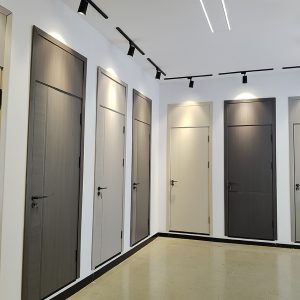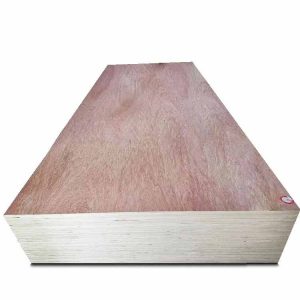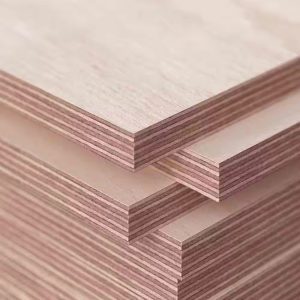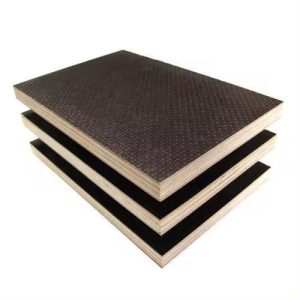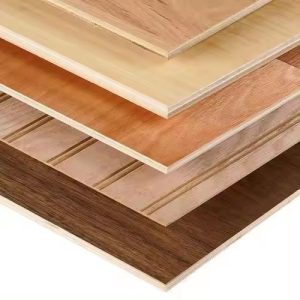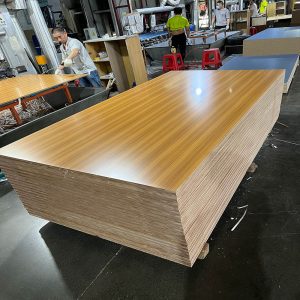### Should Mdf Be Sealed: Understanding the Needs of Your Project
Medium-density fiberboard (MDF) is a versatile material used widely in woodworking and furniture making due to its consistent density, smooth surface, and lack of knots. However, a common question when working with MDF is whether it should be sealed or not. The answer largely depends on the specific requirements of your project as well as the type of MDF you are using, such as 8mm MDF board or 7/16 MDF board. Moreover, understanding the benefits of pre-laminated MDF board for kitchen applications and comparing it with alternatives like particle board can further guide your decision.
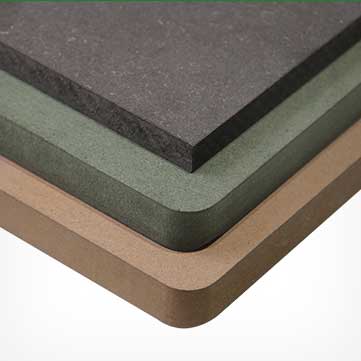
#### Assessing Your Project Needs
The necessity to seal MDF primarily depends on its exposure to moisture and its end use. For instance, if your MDF is going to be used in a high-moisture environment like a kitchen, sealing can significantly extend its lifespan by preventing water absorption. On the other hand, for indoor projects with minimal moisture exposure, sealing might not be essential.

#### Types of MDF Board
When considering an 8mm MDF board, which is thinner and more susceptible to damage from moisture, sealing becomes almost mandatory if it will be in contact with liquids or high humidity. Conversely, a thicker 7/16 MDF board can offer more durability and may require sealing only under conditions of extreme environmental exposure.

#### Pre-Laminated MDF Board for Kitchen Applications
For kitchens, pre-laminated MDF boards are specifically designed to resist moisture, reducing the need for additional sealing. These boards often come with a protective layer that shields the MDF from direct contact with water, making them a convenient choice for cabinetry and countertops.

#### MDF Board versus Particle Board
Comparatively, MDF board usually outperforms particle board in terms of strength and consistency. Particle board, being less dense and made from pressed wood chips, is more prone to damage from water and can delaminate easily. This characteristic makes particle board more dependent on sealing for any application where moisture might be an issue.

#### Sealing Techniques for MDF
If your project requires sealing, know that there are specialized coatings available that provide excellent waterproofing capabilities. These include primers, paints, and clear sealants designed for MDF that can protect the board without compromising its aesthetic qualities.

#### Balancing Aesthetics and Protection
In some cases, the visual appeal of unfinished MDF is desired, such as in painting or veneering for decorative pieces. Here, you might consider spot sealing only in areas likely to be exposed to water, maintaining the raw look elsewhere.

#### Environmental Considerations
Lastly, consider the environmental impact of treatments and finishes. Eco-friendly sealants and paints not only protect your MDF but also reduce harm to the planet.

In conclusion, the decision to seal MDF should be guided by the specific demands of your project, taking into account factors such as moisture exposure and aesthetic goals. By understanding the characteristics of different MDF boards and their applications, along with the advantages of pre-laminated options for wet environments like kitchens, you can make an informed choice that balances protection with the desired look for your unique project.

